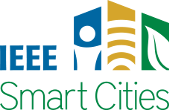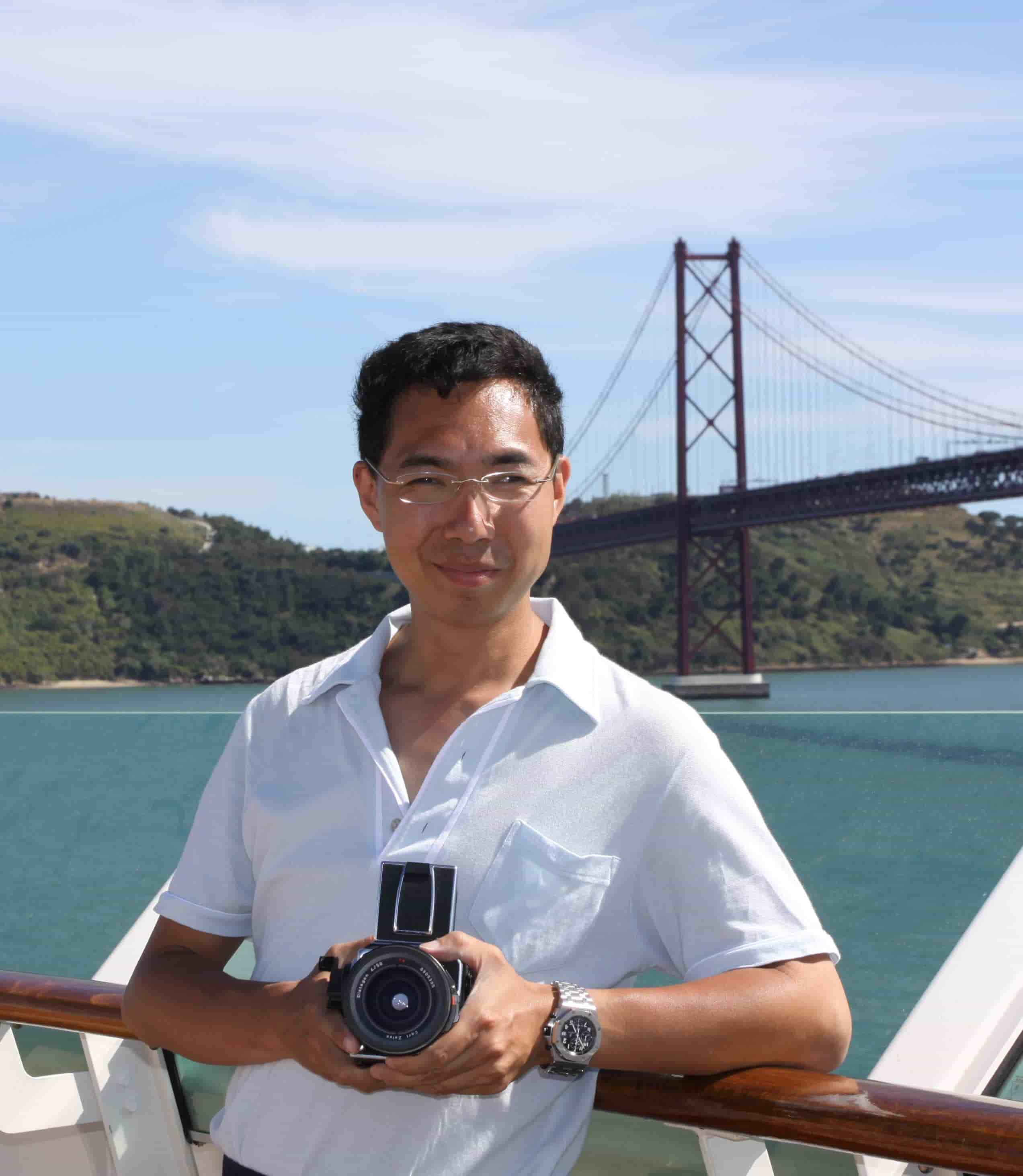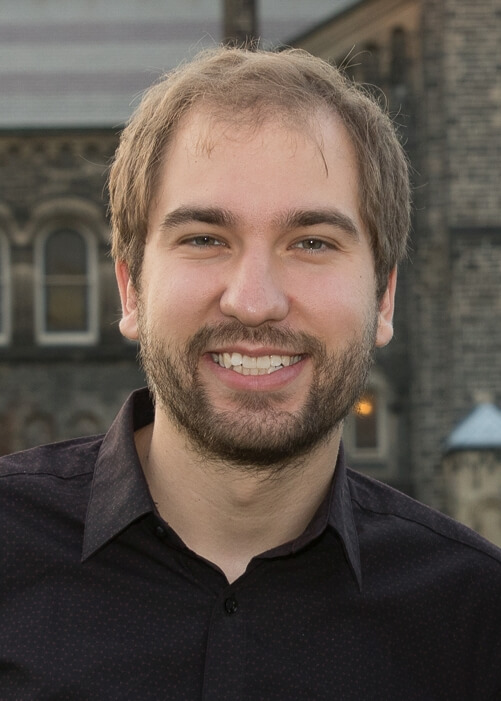August 2023
Smart Cities August eNewsletter - Special Issue on Aged Care
For a downloadable copy of this eNewsletter, please visit the IEEE Smart Cities Resource Center.
Resource Center Update: Improved user experience for IEEE members! Access/Download free products without a checkout process.
Written by Bernard Fong
The global population is undergoing a significant demographic shift, with the rapidly growing elderly cohort rising in prominence as a demographic group. As this trend continues, the challenges of providing adequate care and support for the elderly become more pronounced. Smart cities, characterized by the integration of advanced technologies into urban infrastructure, offer a unique approach to addressing these challenges through the implementation of assistive elder care technology.
Written by Kuldeep Singh Jadon, Nitin Gupta, and Lalit Awasthi
In the development of smart cities, smart healthcare stands out as a crucial sector, playing a significant role in shaping these advanced urban centers. A key aspect of smart healthcare is the emerging Internet of Healthcare Things (IoHT), which has demonstrated particular importance in the wake of the COVID-19 pandemic. However, building a sustainable IoHT environment comes with several major challenges. These challenges include ensuring energy efficiency, safeguarding data security and privacy, addressing interoperability issues, achieving scalability, overcoming network challenges, and adhering to relevant standards and regulatory policies. Among these challenges, ensuring energy efficiency is of utmost importance in achieving a sustainable IoHT environment. This article discusses important factors and considerations in the improvement of energy efficiency in IoHT environments, which play a crucial part in the development of sustainable smart cities.
Written by N. Anitha, R.B. Vishnu Vardhan, R. Pradeep, and A. R. Nazeem
According to the World Health Organization (WHO), the number of individuals aged 60 or older is projected to reach around 2 billion by 2050, a significant increase from 900 million in 2015, constituting approximately 22% of the global population. Aging is commonly associated with a decline in physical, sensory, and cognitive abilities, which elevates the risk of experiencing falls. It has been reported that around 28-35% of elderly individuals aged 65 and above require hospitalization due to falls. The risk of falling escalates with age-- for elderly adults aged 70 or older, the likelihood of falling stands at 32-42%. Falls in advanced age come with the added burden of sustaining moderate to severe injuries, including fractures of the wrist, arm, ankle, and hip. To address these issues, this article presents a machine learning method that exploits Gait Analysis. The proposed machine learning method uses walking patterns to test falls and non-falls.
Written by M. Ananthi, T. Mangayarkarasi, R. K. Sai Suni Kumar, G. Jaya DarshiniI, and U. V. Kalaivani
A consumer healthcare device called an OXIMETER is used to measure blood oxygen levels. It is optimized for providing smart elderly care applications. The oximeter prototype in its present form, however, does not produce correct results in people with scleroderma, people with decreased tissue perfusion (as is the case in individuals with anemia), and people with digital ulcers. Scleroderma is an autoimmune illness in which the body attacks its own cells because it believes they are foreign invaders. This makes the skin rough, thus making it difficult to accurately measure blood oxygen levels. OXILASER is a gadget that combines an oximeter and a laser. The laser aids in penetrating through rough skin to easily and accurately measure blood oxygen levels.
To have the eNewsletter delivered monthly to your inbox, join the IEEE Smart Cities Community.
Past Issues
To view archived articles, and issues, which deliver rich insight into the forces shaping the future of the smart cities. Older eNewsletter can be found here. To download full issues, visit the publications section of the IEEE Smart Cities Resource Center.



